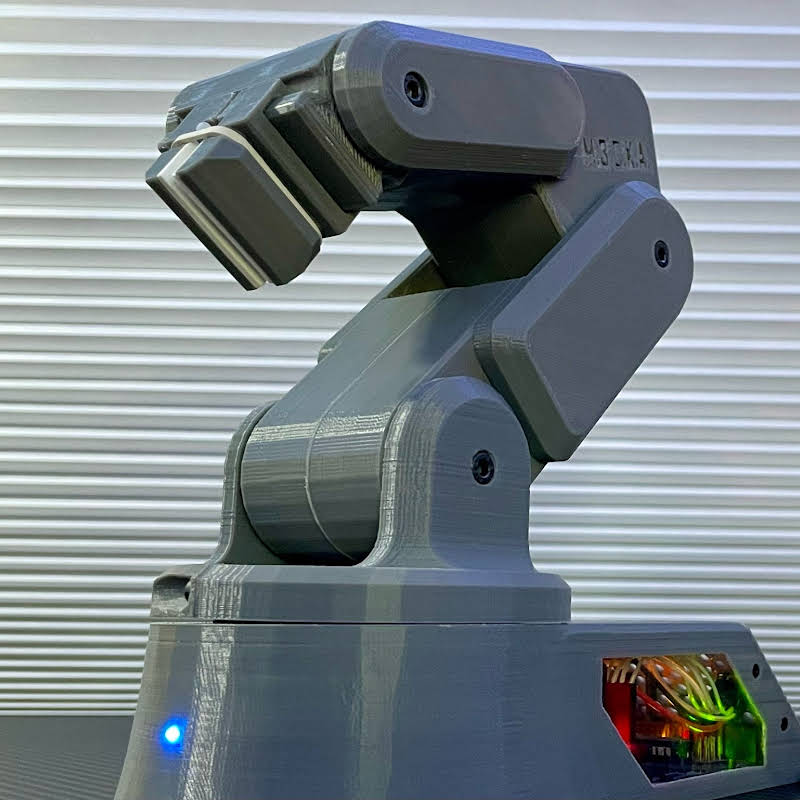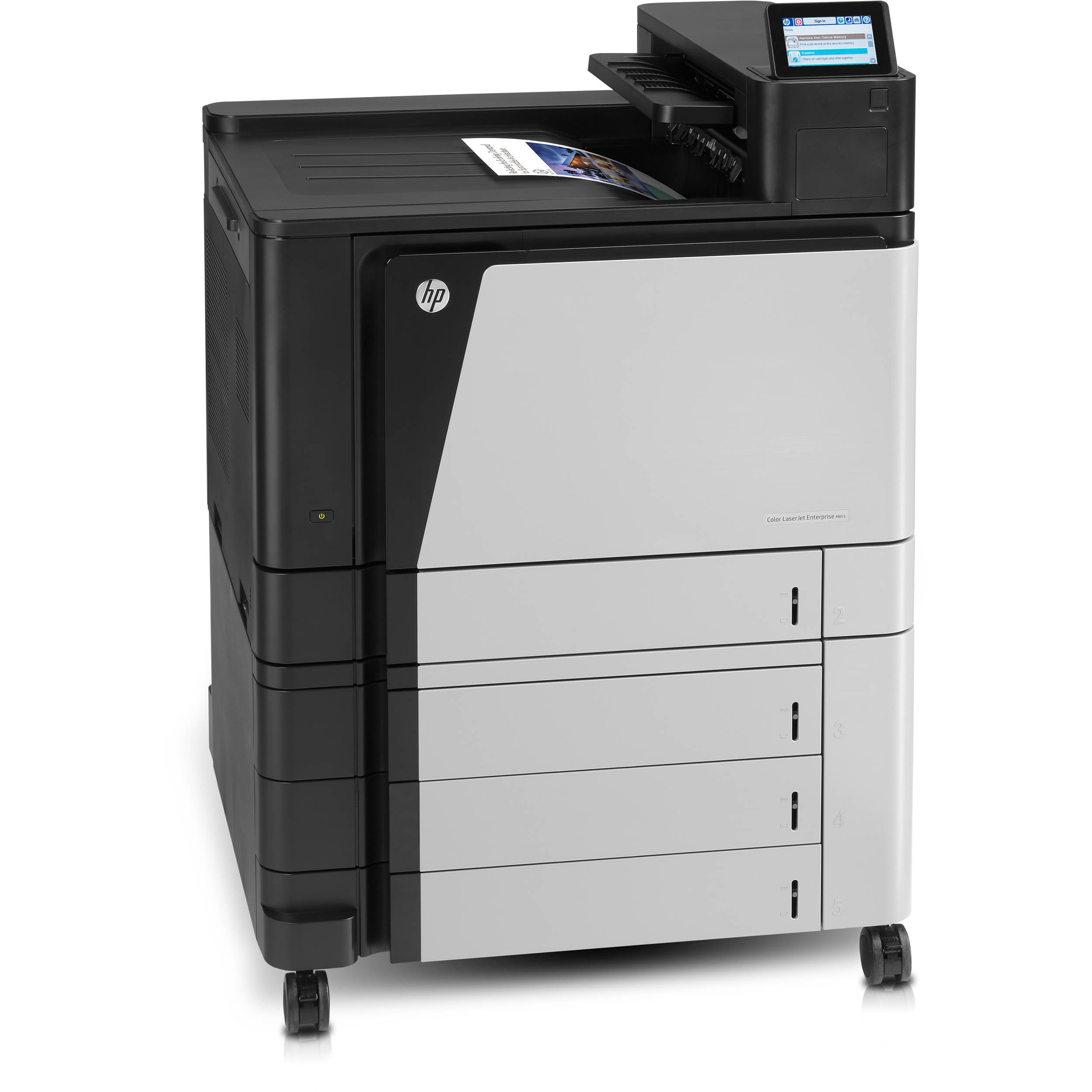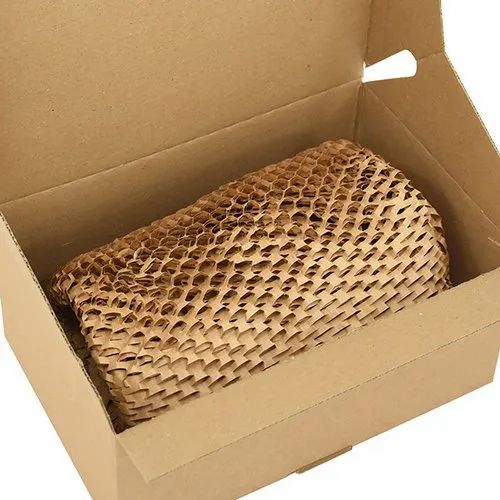In recent years, 3D printing has emerged as a groundbreaking technology, revolutionizing the manufacturing industry. With its ability to create complex objects layer by layer, 3D printers have opened up new possibilities in various fields, from aerospace and healthcare to fashion and architecture. In this article, we will delve into the inner workings of 3D printers and explore the fascinating world of materials used in this additive manufacturing process.
- The Basics of 3D Printing:
At its core, 3D printing is an additive manufacturing process that builds objects layer by layer. The process begins with a digital 3D model, which is sliced into thin cross-sectional layers. These layers serve as a blueprint for the 3D printer, guiding its movements and material deposition. The printer then deposits or fuses the chosen material, layer by layer, until the final object is formed. - Materials in 3D Printing:
A wide range of materials can be used in 3D printing, each with its unique properties and applications. Let's explore some of the most commonly used materials: a. Thermoplastics: Thermoplastics, such as ABS (Acrylonitrile Butadiene Styrene) and PLA (Polylactic Acid), are widely used in 3D printing. These materials can be melted and solidified repeatedly, making them ideal for additive manufacturing. ABS offers durability and impact resistance, while PLA is biodegradable and environmentally friendly. b. Metals: 3D printing with metals, known as metal additive manufacturing, has gained significant traction in industries like aerospace and automotive. Materials like titanium, aluminum, and stainless steel can be used to create strong and lightweight components with intricate designs. c. Resins: Resin-based 3D printing, also known as stereolithography (SLA), utilizes liquid photopolymers that solidify when exposed to ultraviolet light. Resins offer high resolution and smooth surface finishes, making them suitable for applications in jewelry, dental prosthetics, and prototyping. d. Composites: Composite materials, such as carbon fiber-reinforced polymers (CFRP), combine the strength and rigidity of fibers with the flexibility of polymers. These materials are used in industries where lightweight and high-strength components are required, such as aerospace and sports equipment. - The 3D Printing Process:
Now that we have an understanding of the materials used, let's dive into the 3D printing process itself: a. Preprocessing: The 3D printing process begins with preprocessing, where the digital 3D model is prepared for printing. This involves slicing the model into layers, optimizing support structures, and configuring print settings such as layer height and infill density. b. Printing: Once the preprocessing is complete, the 3D printer starts the printing process. The printer's extruder or laser selectively deposits or solidifies the chosen material, following the instructions from the sliced model. The printer moves layer by layer, gradually building the object. c. Post-processing: After the printing is finished, post-processing steps may be required to refine the final object. This can include removing support structures, sanding or polishing the surface, and applying additional treatments like painting or coating. - Advancements and Future Outlook:
As technology continues to advance, so does the world of 3D printing. Researchers are exploring new materials, such as biocompatible polymers for medical applications and conductive inks for electronics. Additionally, advancements in multi-material and multi-color printing are pushing the boundaries of what can be achieved with 3D printers.
Conclusion:
3D printing has transformed the way we manufacture objects, offering unprecedented design freedom and customization. By understanding the inner workings of 3D printers and the diverse range of materials used, we can fully appreciate the potential of this revolutionary technology. As the field continues to evolve, we can expect even more exciting developments in the world of 3D printing, opening up new possibilities across industries and pushing the boundaries of innovation.



